The UK general election is being held on Thursday 4 July. If you've registered to vote for the first time, here is our guide to the dos and don'ts of voting in person and what to expect at the polling station.
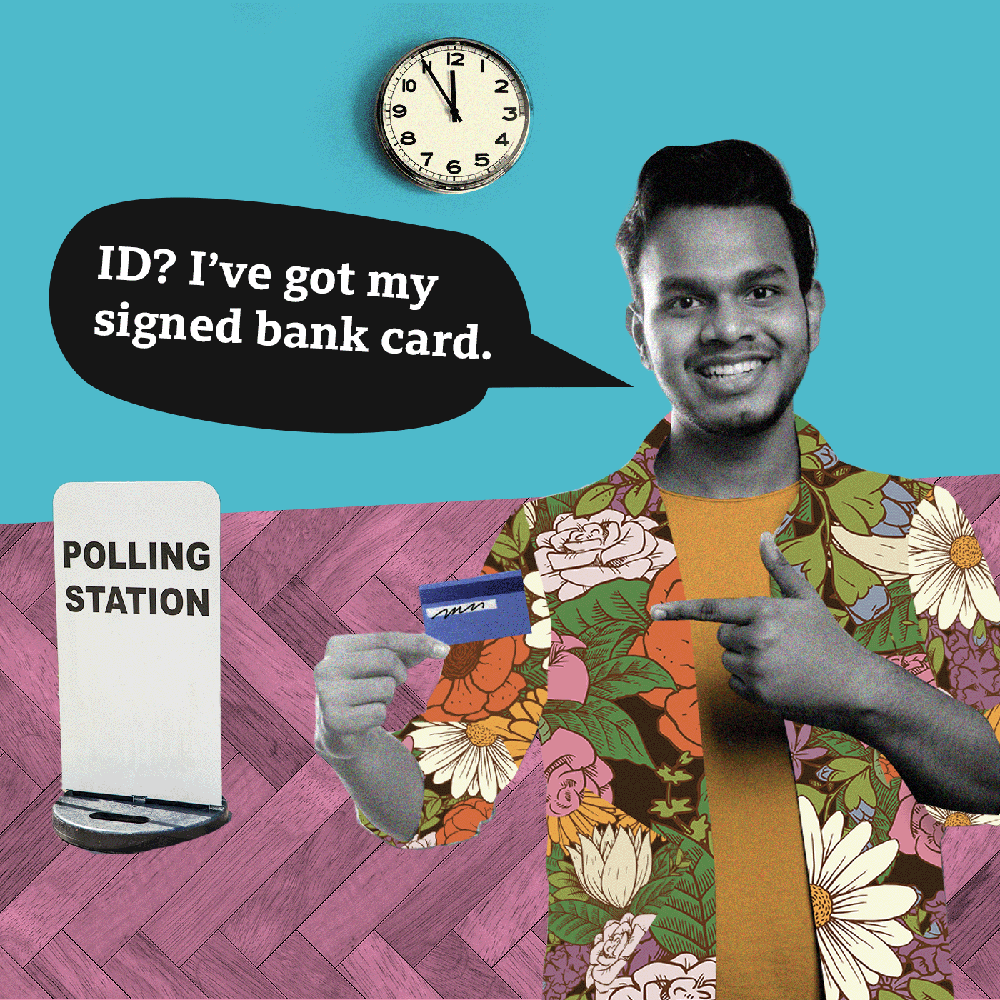
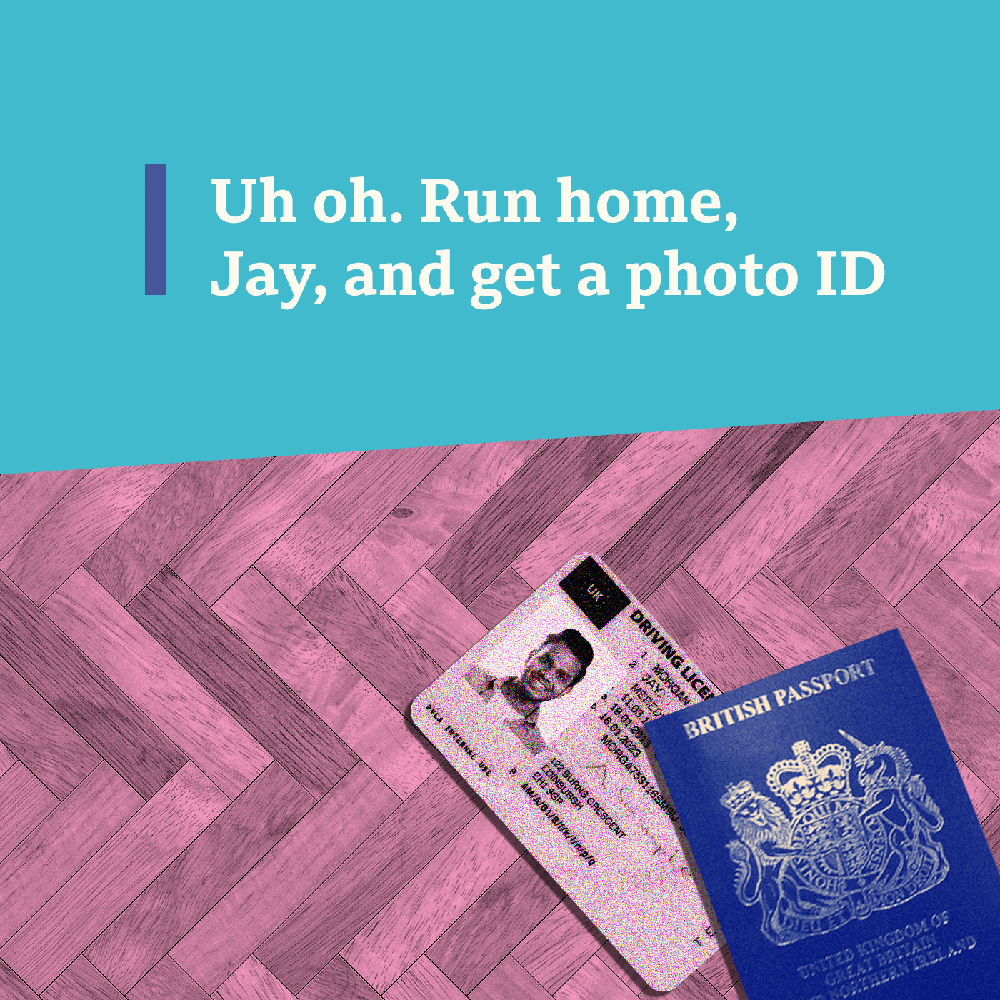
Do I need ID to vote?
You must show proof of identity in order to vote, following a new requirement introduced last year.
A passport, driving licence or a PASS-accredited student card are the forms of photo ID most commonly used by people voting for the first time.
You can recognise qualifying ID cards from the PASS hologram on the front.
You can find a full list of accepted forms of photo ID here.
Do I need to take my poll card?
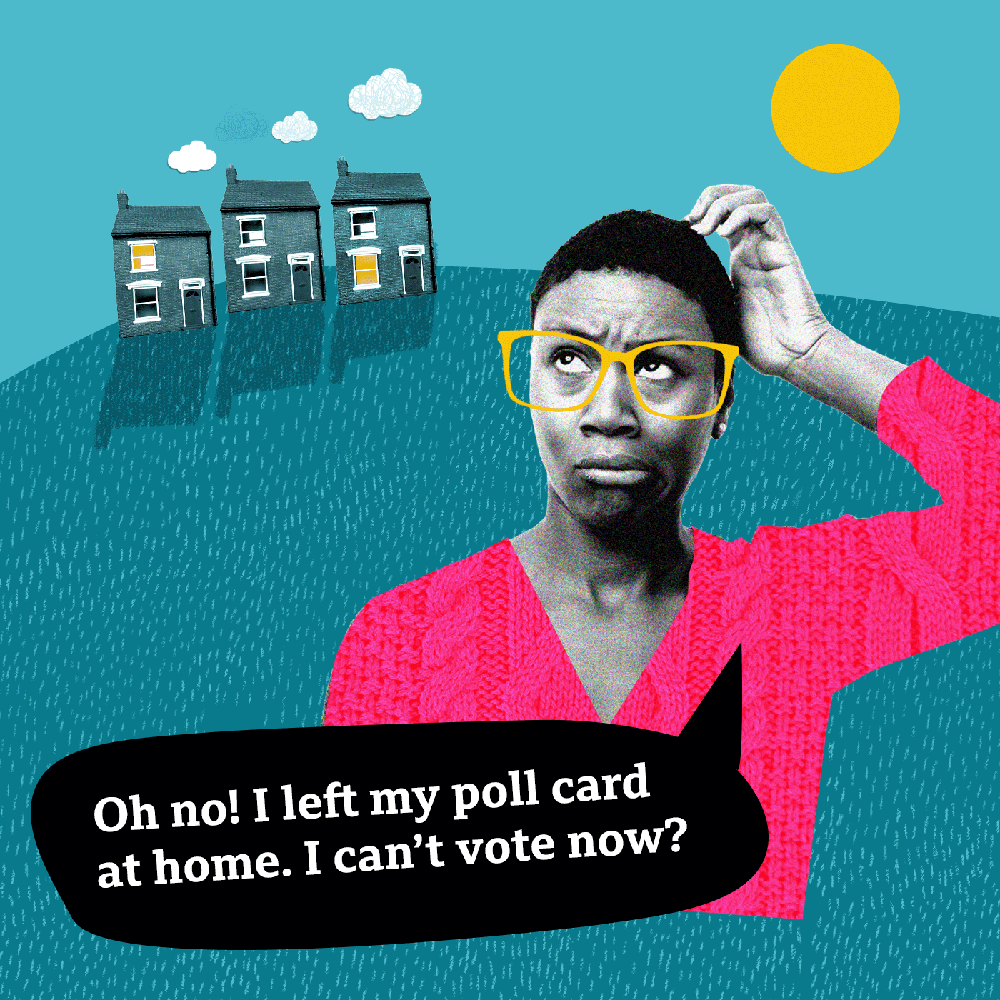
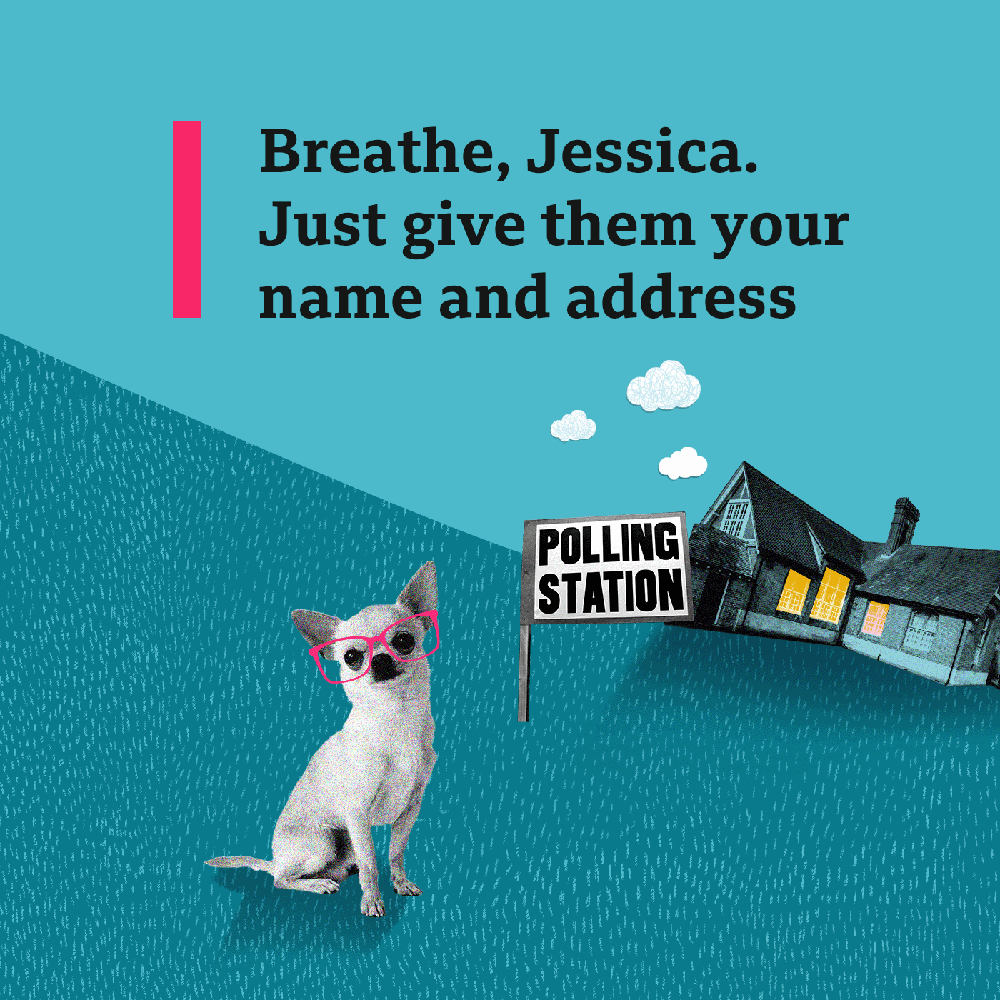
Polling stations open at 07:00 and close at 22:00 on Thursday, 4 July.
Bringing your polling card when you vote may speed up the process, but you don’t have to take it with you.
The poll clerks at the desk have a list of the people who can vote at that polling station and can look your name up.
How do I cast my vote?
Once the clerks at the desk have confirmed your identity they will give you a ballot paper.
If you wear a face covering - for religious, cultural or medical reasons - you will have to remove it briefly for the clerk to check your face against your photo. There will be a private area to use, if you want, and women may request that a female member of staff confirms their identity.
You will be directed to a booth. Take your ballot paper there and read it.
Just like an exam paper it explains at the top how to fill in the ballot.
Who do I vote for?
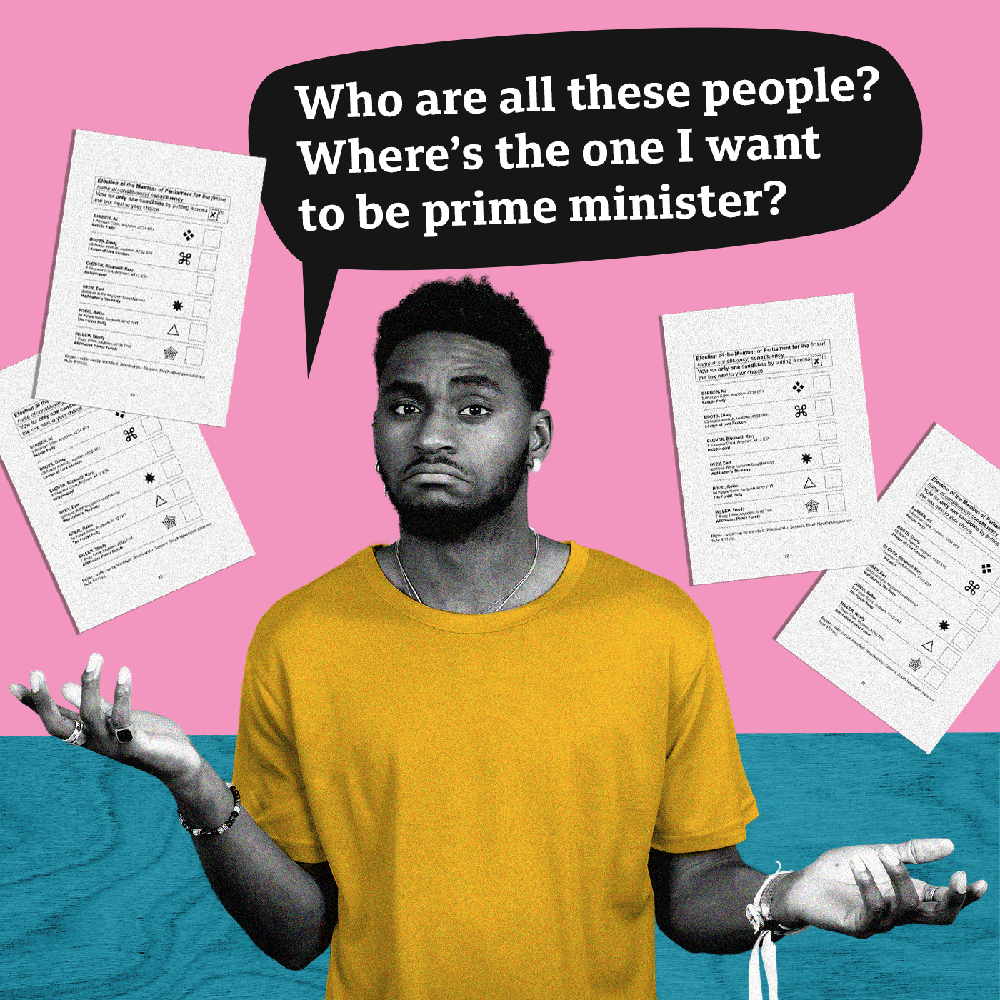
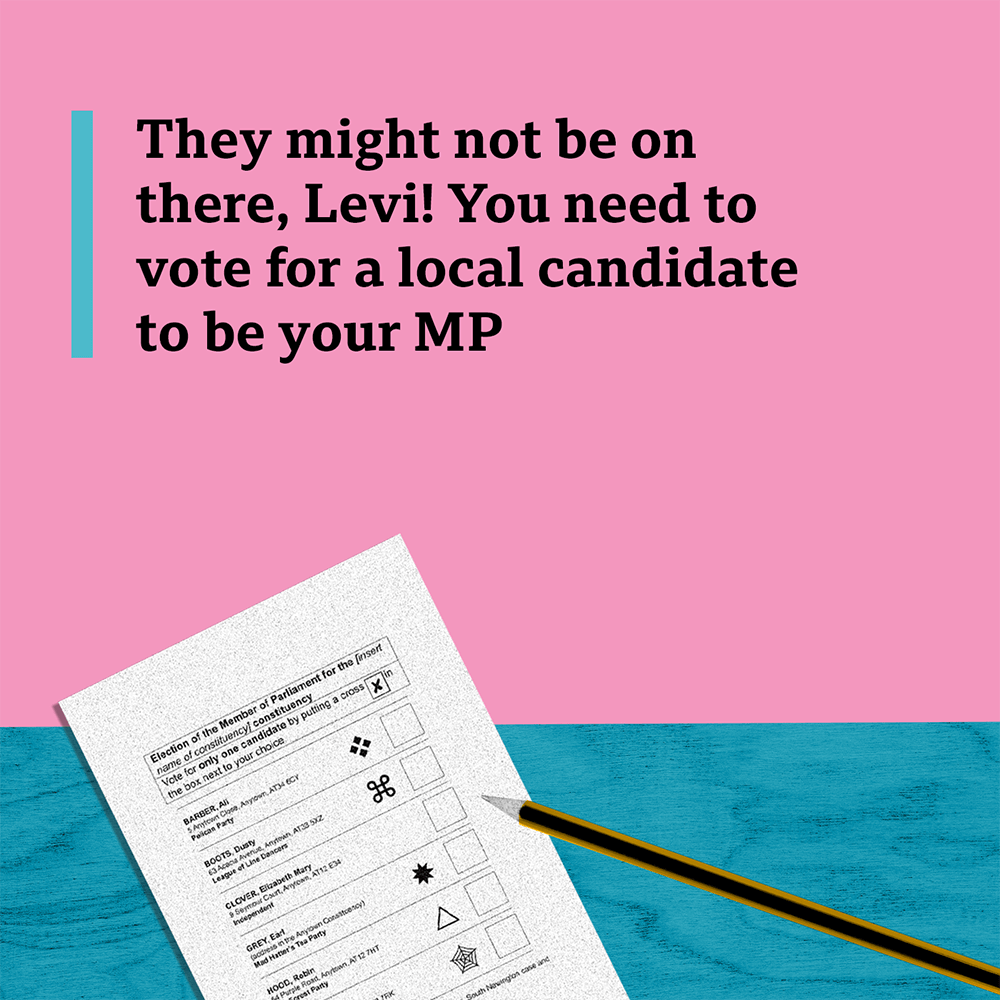
The politicians you may have seen on the TV debates or in clips online are probably the party leaders, who could become prime minister if their party gets the most MPs.
Unless you live in their constituency, their names will not be on the ballot paper.
Each ballot paper will have a list of all the people standing for election in your area, the name of the party they are standing for - unless they are standing without one, in which case it will say "independent" - and a box for you to put a cross in to indicate you are voting for that candidate.
Have I spoiled my vote?
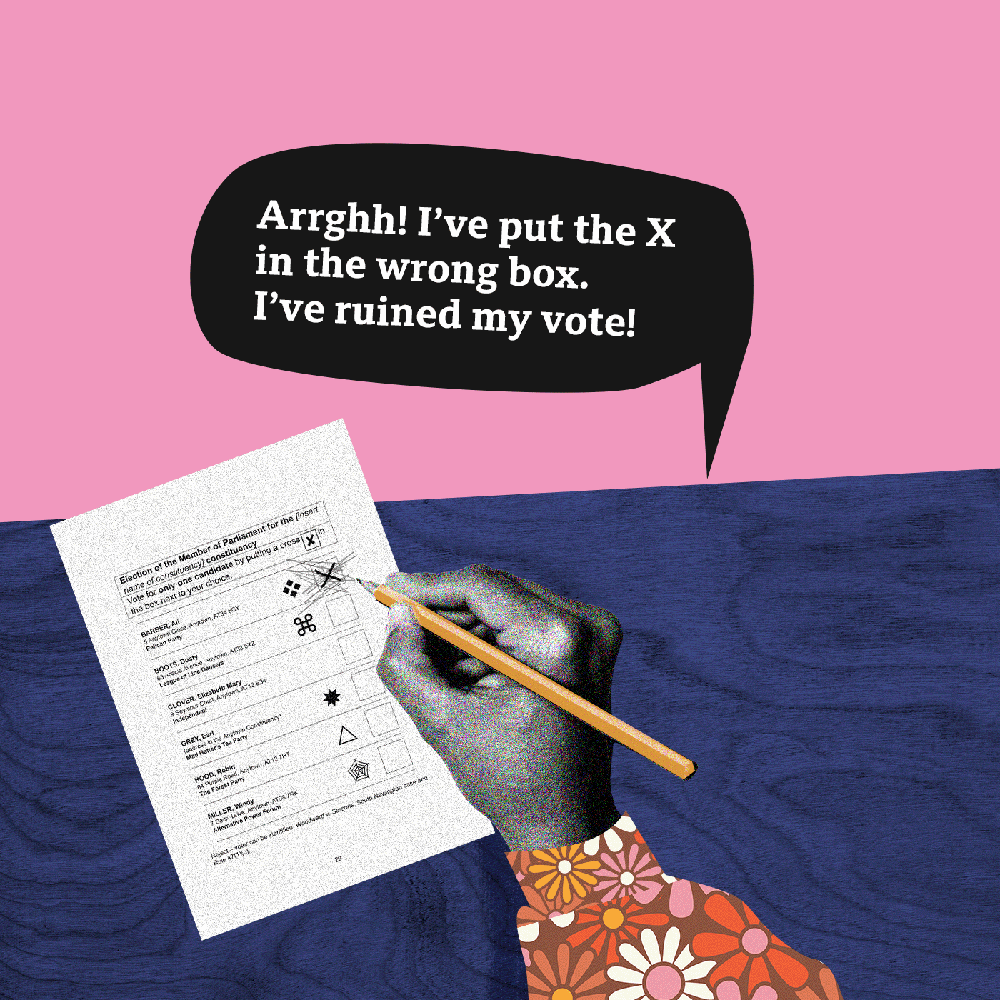
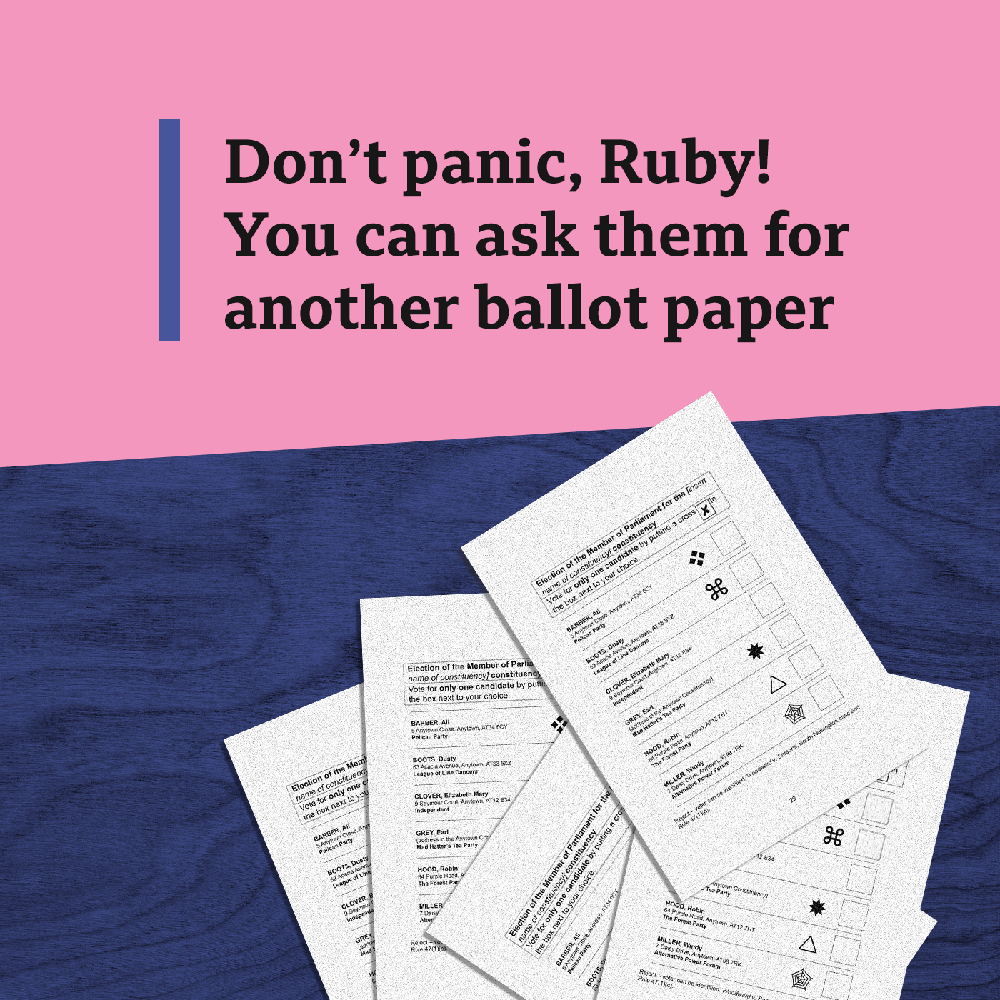
It can be nerve-racking casting your vote in an important election.
Don't panic if you make a mistake. You can hand the ballot back and ask for another one. No problem.
Do I put a cross or a tick?
You should put a cross against the candidate you wish to vote for.
But don't sweat it too much. As long as it is clear that you have made a deliberate mark on the ballot to indicate that you are voting for a particular candidate, your vote will be counted.
Don't worry if your X has crept slightly outside the box.
Can I get a selfie?
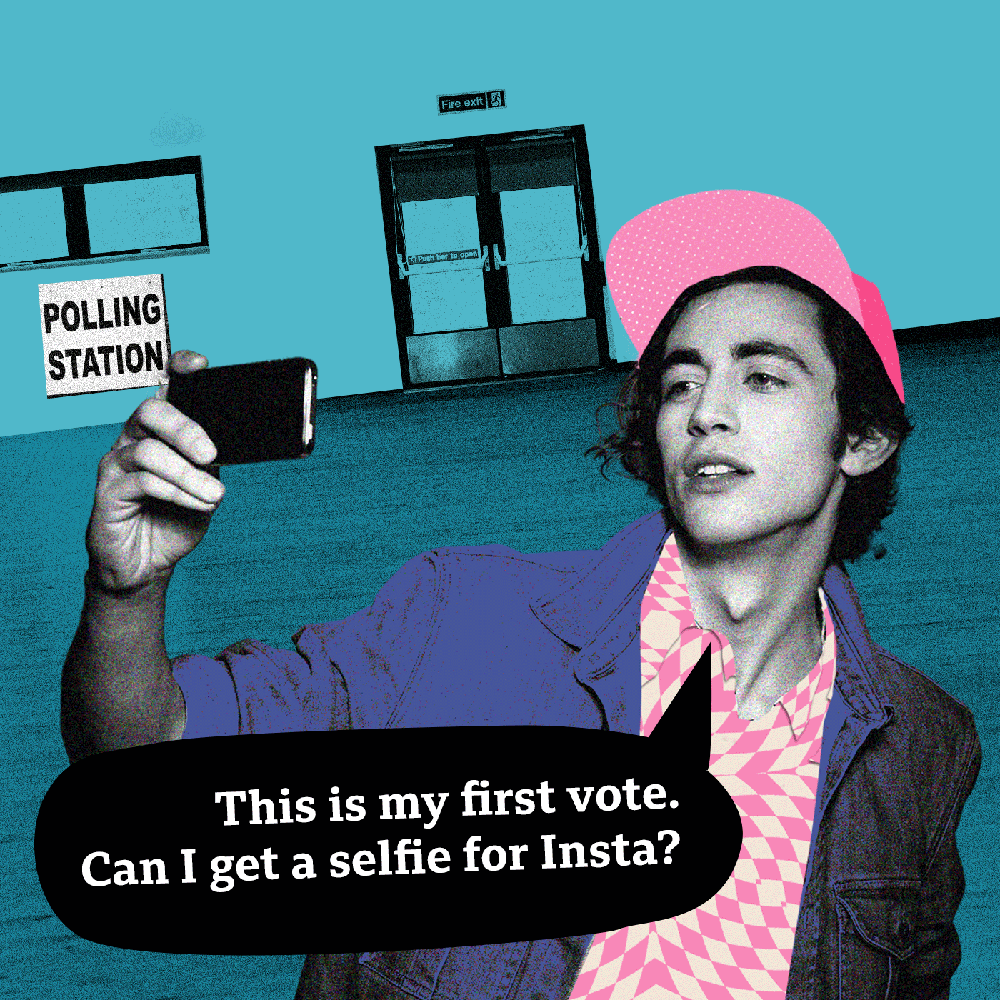
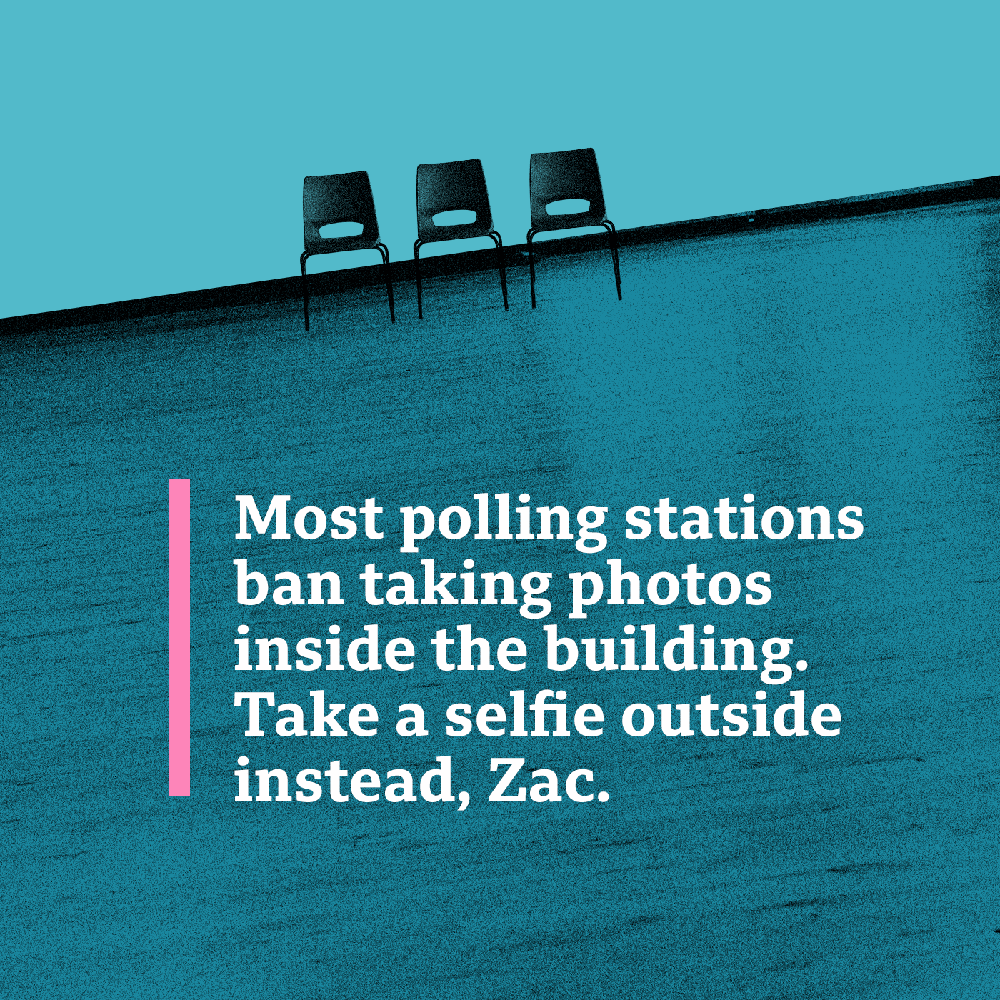
Short answer: no selfies.
There are laws to prevent people being intimidated at the voting station or having their vote revealed and photographs are considered a risk under both of those regulations.
As a result, most polling officers ban all photography within the polling station.
You'll have to take that selfie in front of the polling station sign outside instead.
Who are the people outside the polling station?
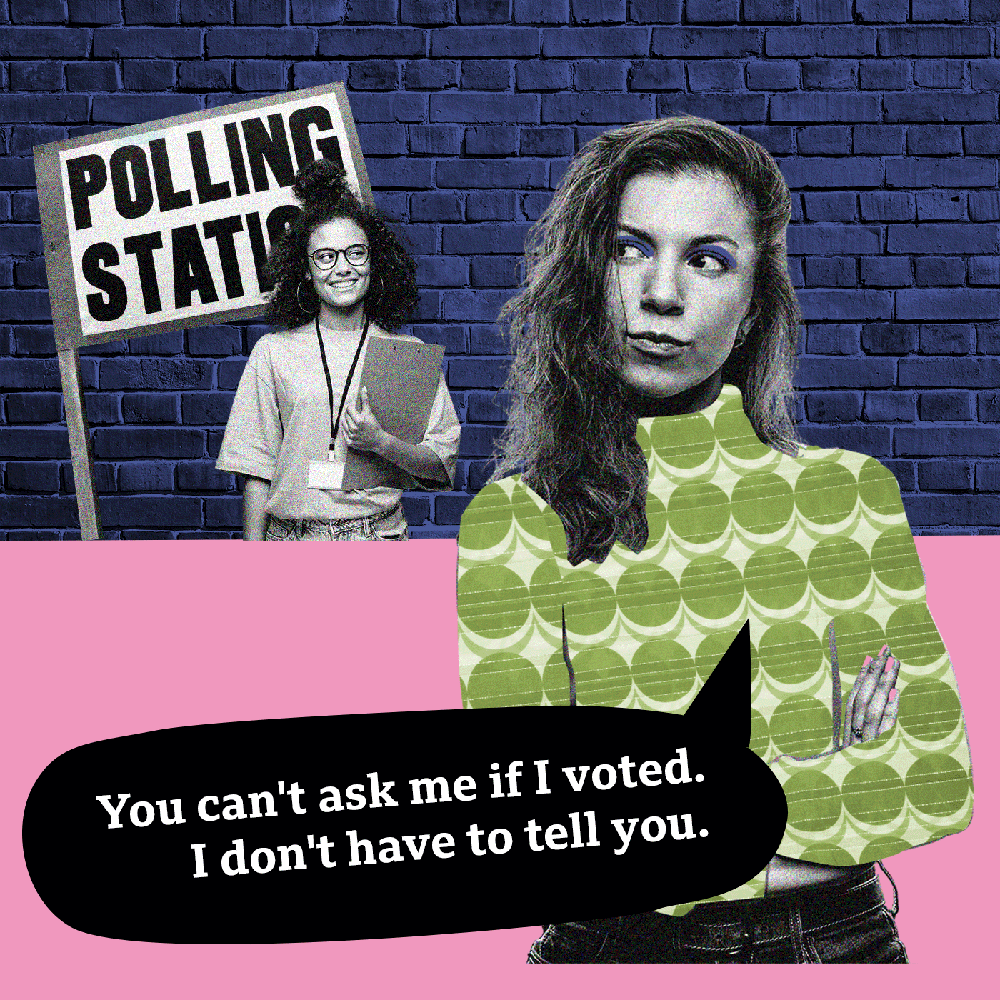
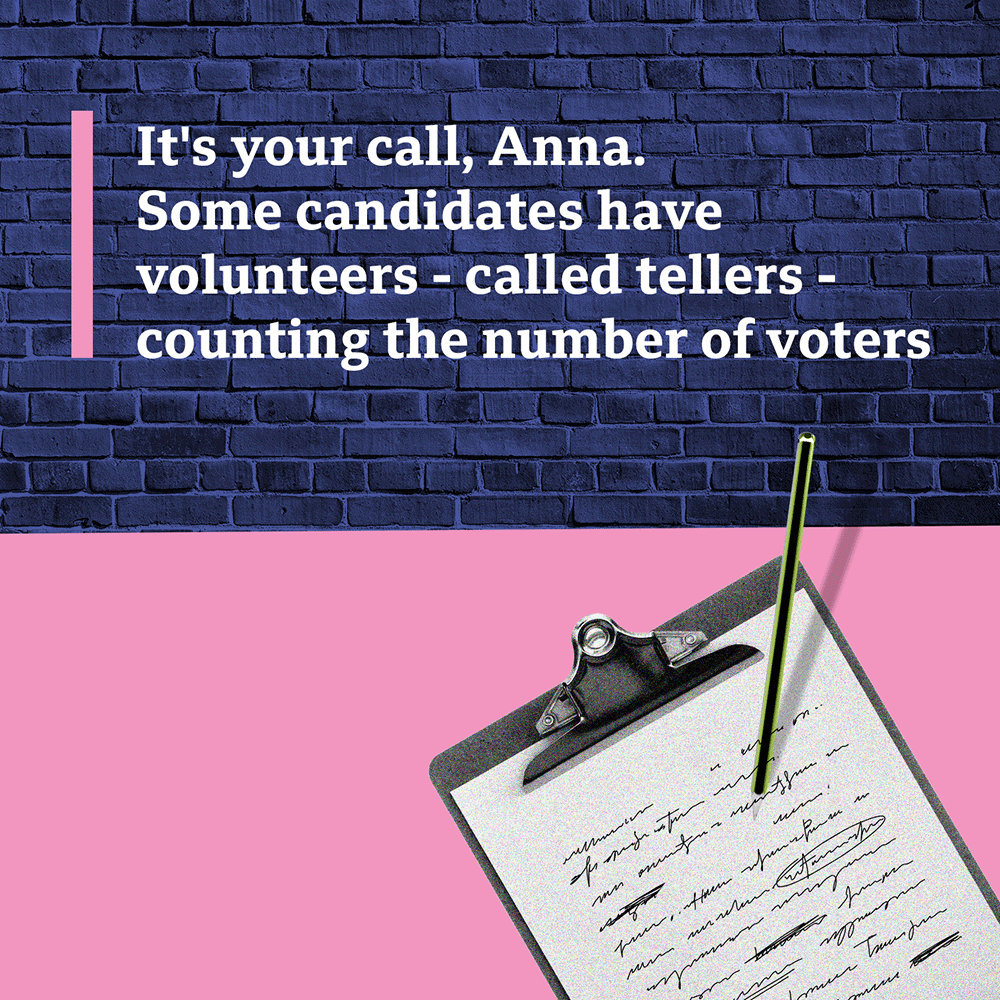
Tellers are volunteers for the candidates who wait outside polling stations to get an idea of how many people have remembered to vote.
A teller can ask you if you voted and may ask for your electoral number.
You don’t have to answer any of their questions and they must remain polite and not push you for an answer.
If you want to talk to them, fine. If not you can just smile and walk away.
What if I can't get to the polling station?
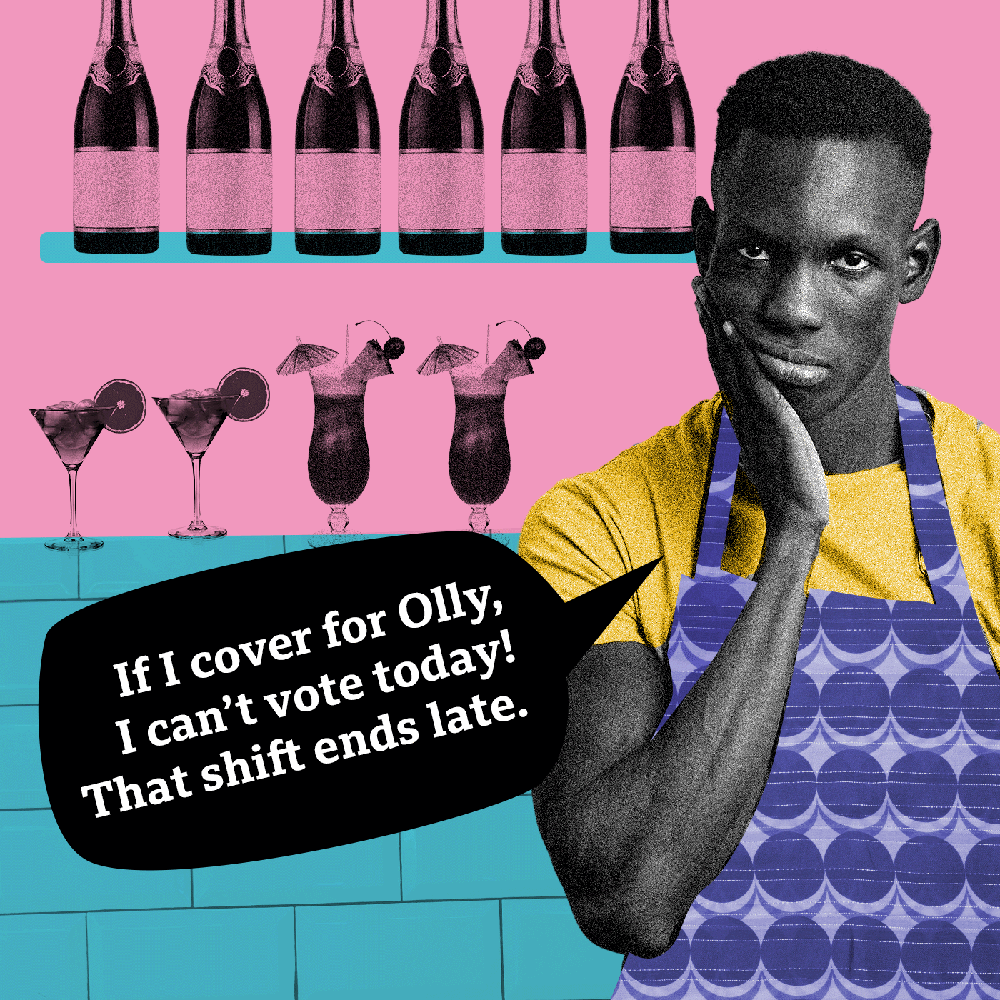
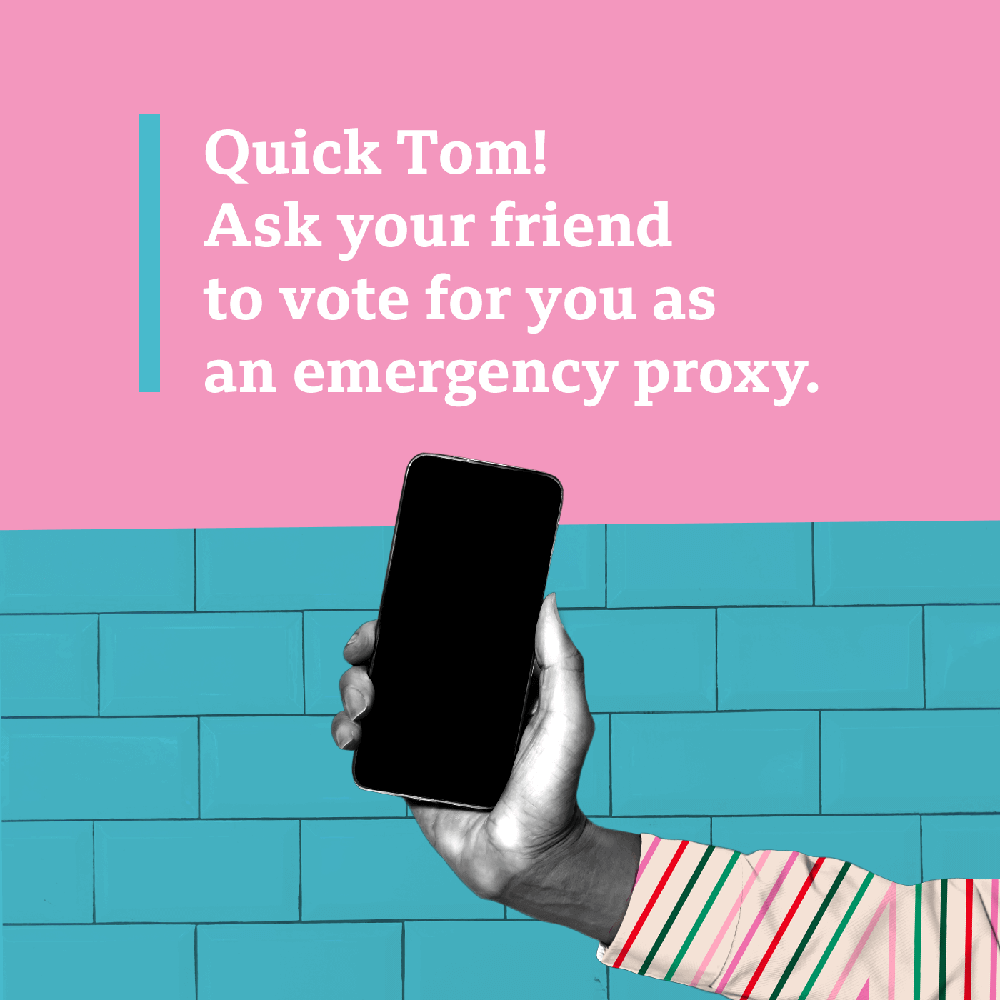
Stuff happens. If for some reason you can’t get to the polling station - maybe you have to leave town for work or are too ill to vote - you can request an emergency proxy vote.
You need to fill in an emergency proxy vote form and return it to the elections team at your local council before the deadline.
You will need someone to confirm your reason for requesting the emergency proxy vote. If you are too ill to vote, it should be a registered health professional. If you can't vote due to work, it could be a manager or work colleague.
And then you need someone else who is a registered voter to go to the polling station and mark a ballot paper for you.
You can apply until 5pm on election day - though you can also apply up to six days ahead, if you realise you won’t make it to the polling station.
And that's all you need to know.
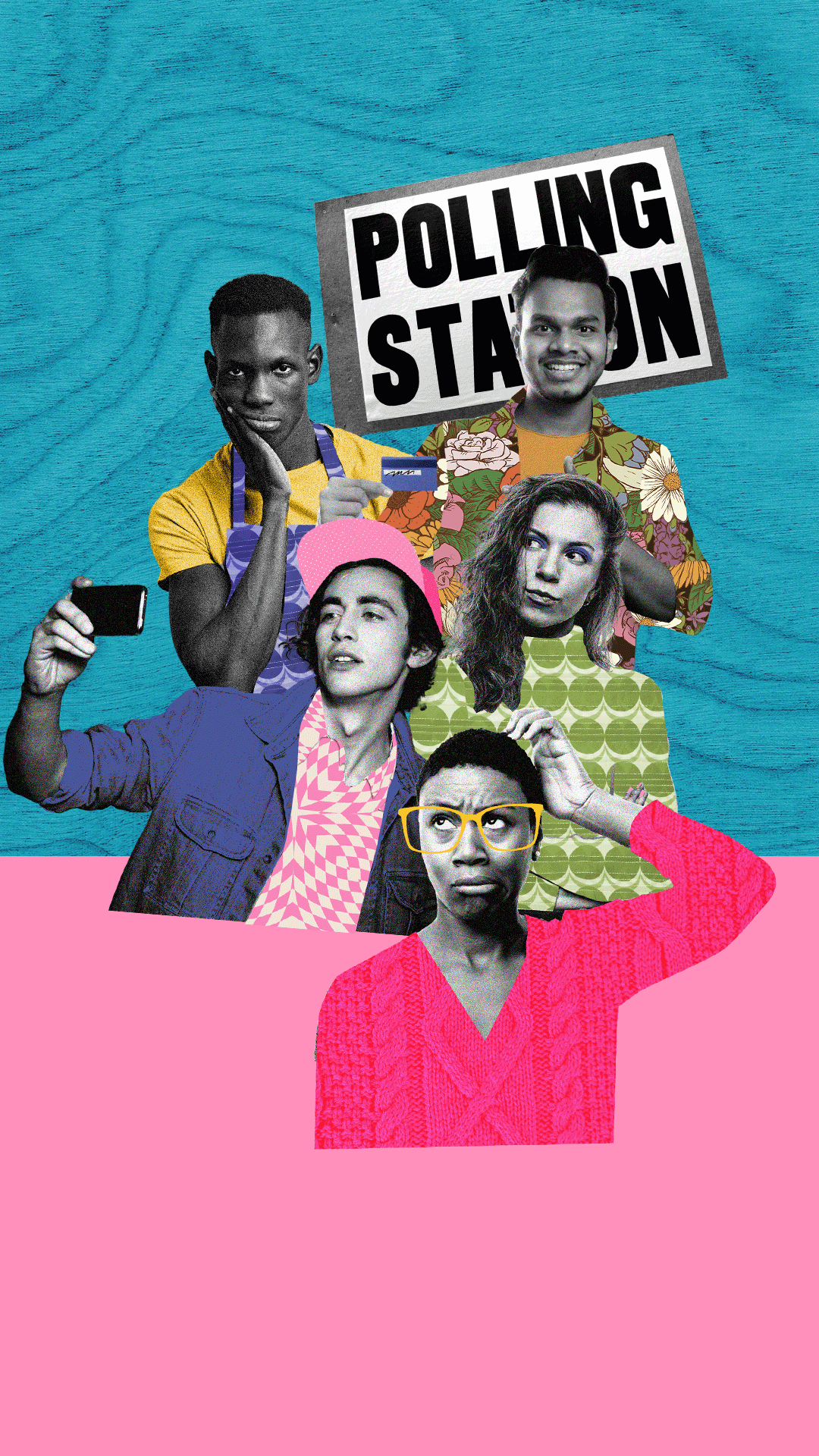
 Why vote? How elections affect your life
Why vote? How elections affect your life
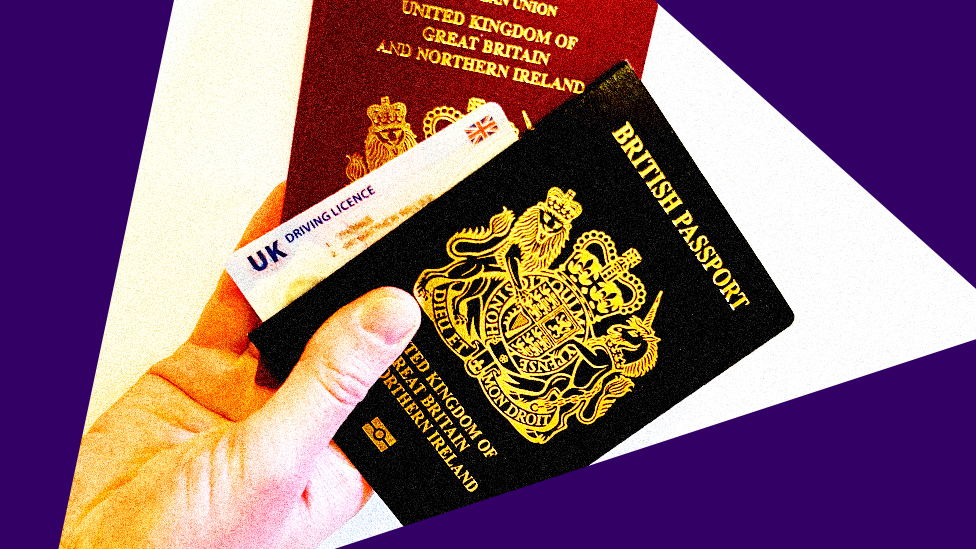 What ID do you need to vote?
What ID do you need to vote?
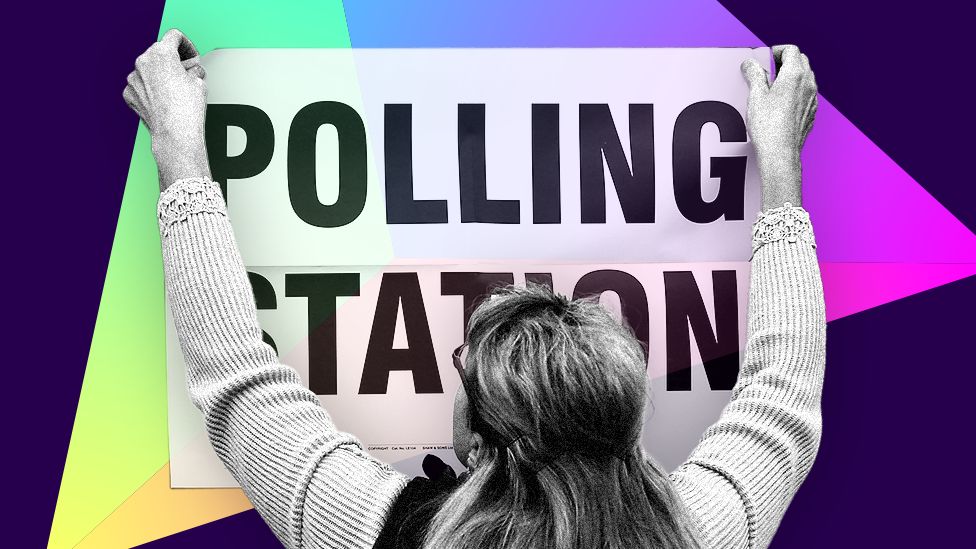 When is the UK general election and who can vote?
When is the UK general election and who can vote?